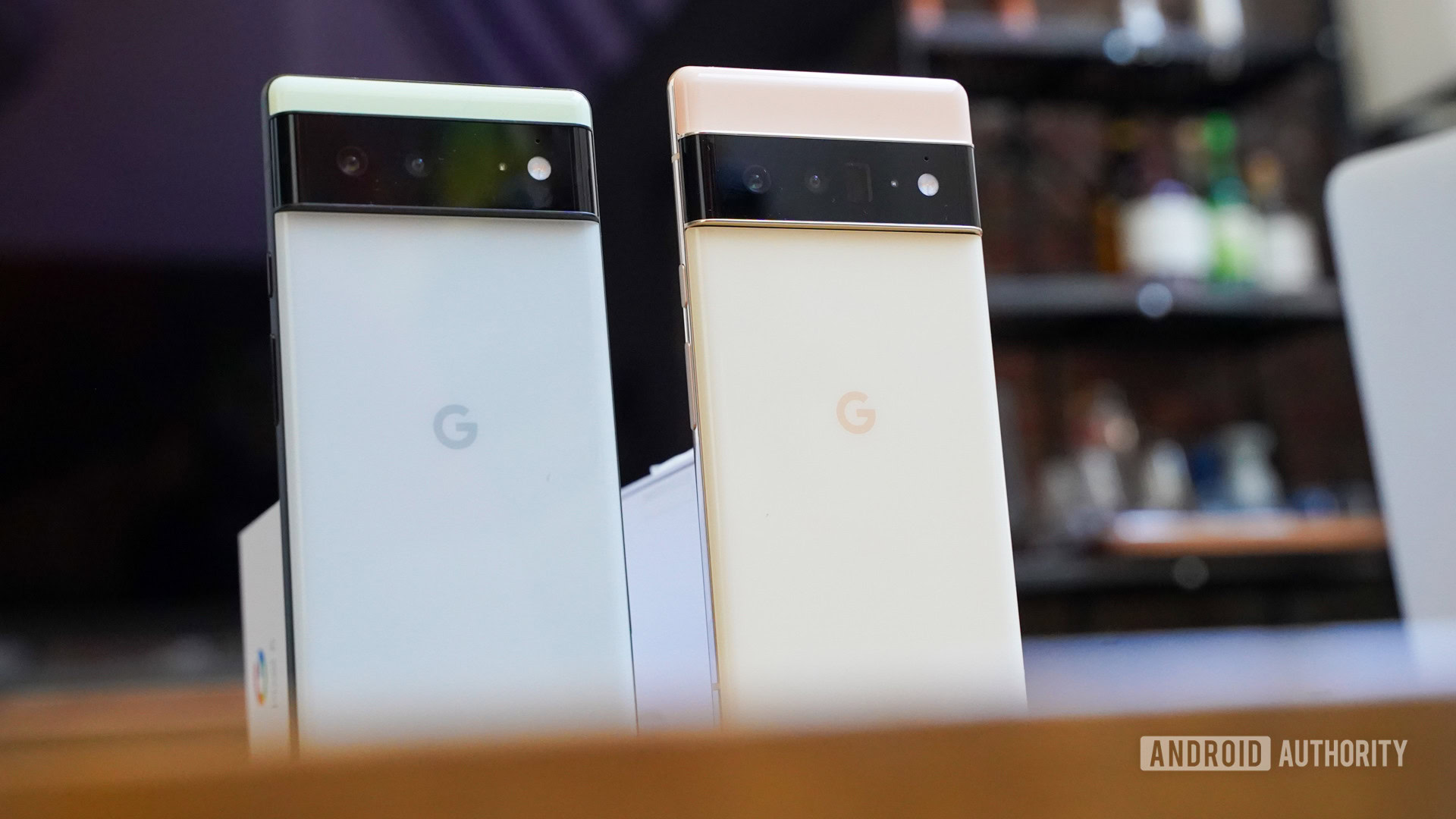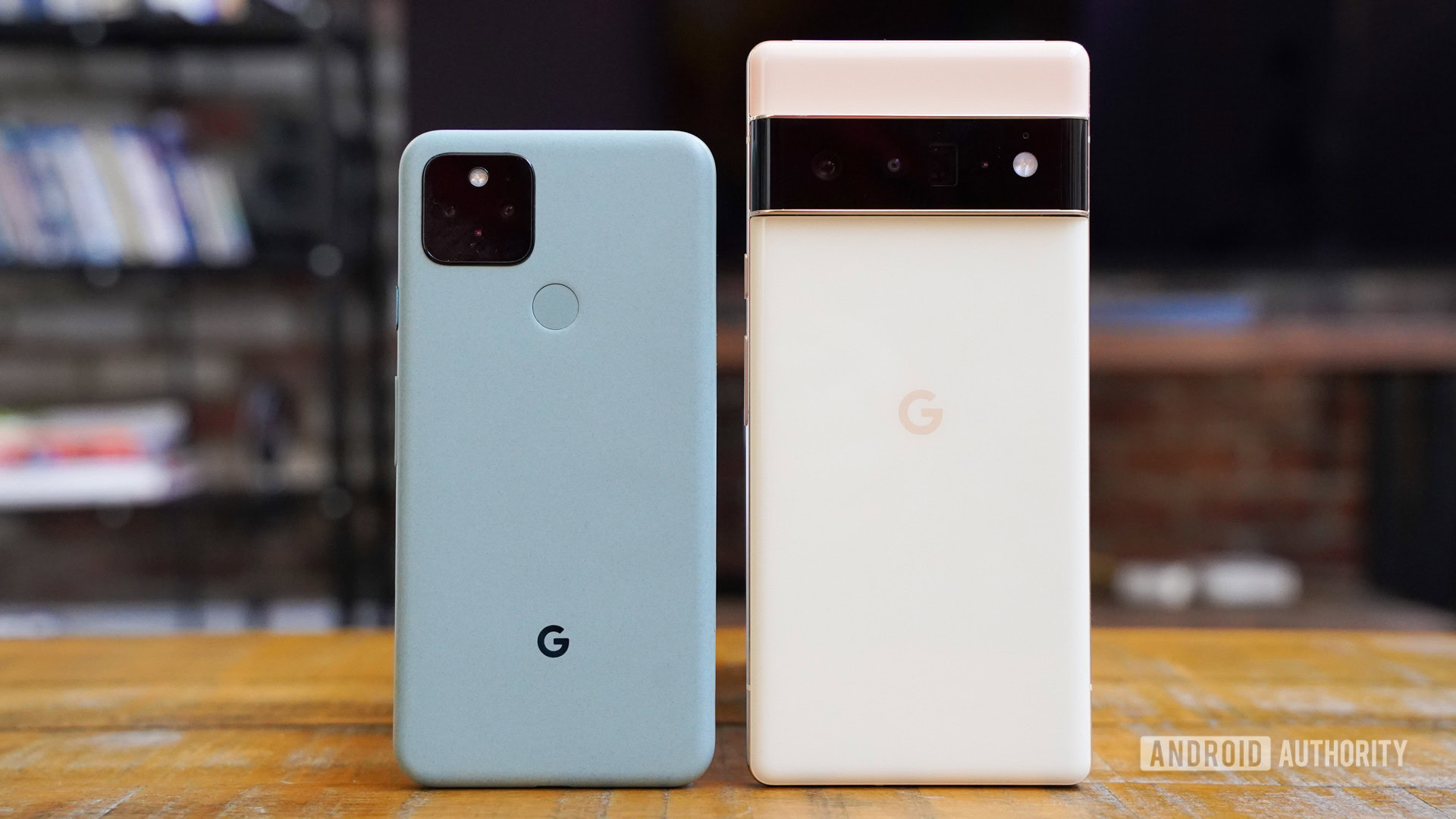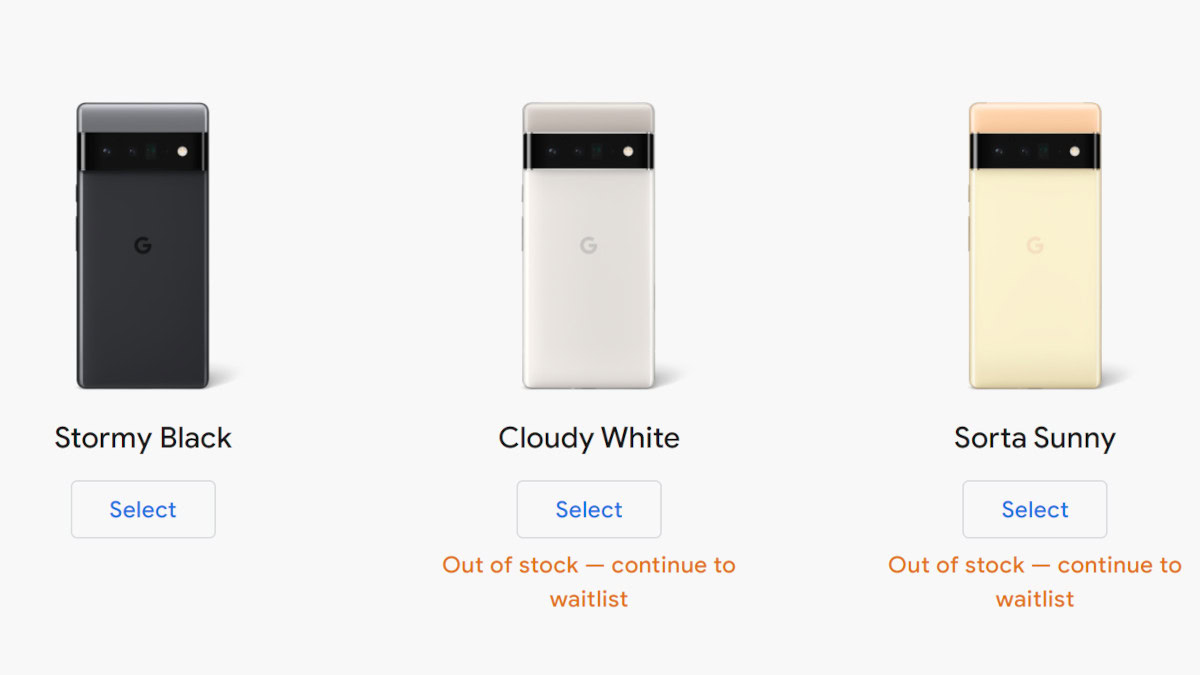Affiliate links on Android Authority may earn us a commission. Learn more.
Can Google keep up with demand for the Pixel 6 series?

Google’s Pixel 6 and Pixel 6 Pro are arguably its most important phones since the Pixel 3a line launched back in 2018. The Pixel flagships have always excelled in terms of photography and software updates but left a little to be desired in terms of pure hardware features.
The Pixel 6 series — and the Pixel 6 Pro in particular — go a long way to addressing this, bringing a host of premium features and contemporary camera hardware. Pricing for the phones is very attractive too, with the standard Pixel starting at just $599 in the US. But Google has a big challenge ahead of it wants its new phones to be a smash hit. With industry delays and cancellations, ongoing supply chain woes, and the Made by Google team’s short history of uneven product launches, will people actually be able to get their hands on the Pixel 6 and Pixel 6 Pro?
Our verdict: Google Pixel 6 hands-on | Google Pixel 6 Pro review
Google’s faced supply issues before
One reason to be skeptical about Google being able to meet demand is that some previous Pixel flagships have suffered from stock issues at launch before. Devices like the original Pixel and Pixel 3 saw shipping delays of some kind, resulting in orders going out a few weeks to a couple of months after launch.
It seems like with these past releases, the company either underestimated demand at launch or had stock complications. This is cause for some concern when the new Pixels are expected to be more popular than the old ones. When you combine potentially higher demand with Google’s relative inexperience in delivering flagship phones on the level of a Samsung, it doesn’t bode well for Pixel 6 demand.
Then there’s the global chip shortage. The shortage has been going on for a while now and Google has been one of several companies seriously affected in 2021. How do we know this? Well, you only have to look at its other 2021 smartphone launch with the Pixel 5a.
The Pixel 5a has already been affected by supply chain issues, but what does this mean for the Pixel 6?
Google refuted rumors in early 2021 that the Pixel 5a was canceled due to the chip shortage, but admitted that the phone would only launch in two markets (Japan and the US). The company later told TechRadar that “global supply chain challenges” limited a wider launch, all but confirming that the chip shortage was to blame for the small-scale release.
By comparison, last year’s Pixel 4a 5G launched in Australia, Canada, Europe, Japan, Taiwan, the UK, and the US.
So there’s enough of a reason for skeptics to doubt that the company will be able to meet the demand for the Pixel 6 series instead. And scattershot delivery times at this juncture point to Google underestimating demand again. On the other hand, there’s reason to believe Google’s latest flagships will fare better in the long term.
Things tentatively look better on paper

One reason to believe that Google might cope better than it did with the Pixel 5a is the sheer fact that it’s launching in more countries. Instead of just Japan and the US, the Pixel 6 series is also available in Australia, Canada, Europe, and Taiwan. This suggests increased confidence in meeting demand, although India’s absence is glaring.
Another possible sign that Google is working hard to meet demand is a Nikkei Asia report, claiming that the manufacturer plans to double its production run of Pixel 6 series phones compared to its total number of Pixels shipped last year. That is, it could be going from 3.7 million total Pixel phones shipped in 2020 to seven million Pixel 6 series units produced alone.
This sentiment was seemingly echoed by Google hardware chief Rick Osterloh in The Vergecast podcast:
I mean, we’re making a lot more [Pixel phones] than we have in the past. There is a minor supply chain issue happening in the world. We feel good about where we are right now for this year’s supply. And hopefully that will continue throughout next year, but we’ll see. I mean, we’re small right now, so it’s hard to know if you’ve gotten enough.
There’s one big difference between the Pixel 6 series and the Pixel 5a, and that’s the new flagships using Google’s in-house Tensor processor. The ability to use custom chips can alleviate some chip shortage pressure, as Google isn’t reliant on chipsets from an already strained Qualcomm. On the flip side, the Mountain View company will still need to get these chips manufactured and is relying on Samsung’s foundry to do so.
Not out of the woods

Even if it all plays out nicely in the end, the early signs haven’t been great for Google. The Google Store website struggled under the load of interested consumers on launch day, with the website itself knocked offline and orders refusing to go through. Delivery dates also slipped in a big way due to the demand, with quoted dates stretching as far as early 2022. Notably, the company has now opened a waitlist for interested buyers in case their desired variant is out of stock instead of offering pre-orders.
In other words, it seems like demand for the Pixel 6 series is even higher than Google’s own lofty projections. So we hope the company has its supply chain partners on speed-dial and has contingency plans in place if it wants to meet demand in the long term.
Did you manage to buy a Pixel 6 series phone?
The possibility of Pixel shortages in 2022 also then begs the question of whether Google should’ve postponed the Pixel 6 series launch to early 2022. No one likes paper launches but an official delay would be a double-edged sword.
On the one hand, delayed availability means Google might be playing against 2022 flagships with newer silicon, such as the Galaxy S22 series and Xiaomi 12 range. Then again, Google’s decision to adopt custom silicon means that comparisons to 2022 flagships aren’t exactly apples to apples. You could also argue that Google’s flagships have always competed against the following year’s devices due to the company’s release timing (Q4) anyway. On balance, I think Google is right to forge ahead.
Have you managed to order a Pixel 6 series phone? Let us know via the poll above.